Explore vibrant Ecuador, a land of unparalleled natural beauty, unfolds a tapestry of landscapes that range from the iconic Galápagos Islands to the misty heights of the Andes and the lush Amazon rainforest. Witness the breathtaking biodiversity of the Galápagos, stand in awe of Cotopaxi’s towering volcano, and navigate the intricate waterways of the Amazon basin. Ecuador is a sanctuary for nature enthusiasts seeking diverse ecosystems and rare wildlife.
Nestled on the equator, Ecuador’s geographical location is as unique as it gets. This South American gem straddles both hemispheres, offering an array of climates and landscapes within its compact borders. Marvel at the contrasts between the cool Andean highlands, the sun-kissed Pacific coast, and the lush Amazon rainforest. Ecuador’s strategic position as a bridge between North and South America adds to its allure, making it a must-visit destination for those seeking a truly diverse and dynamic experience.
Read More
Ecuador is home to the extraordinary Galápagos Archipelago, a living testament to the wonders of evolution. Encounter the wildlife that inspired Charles Darwin’s theory of natural selection. Snorkel alongside playful sea lions, observe ancient giant tortoises, and marvel at the unique adaptations of the islands’ flora and fauna. The Galápagos Islands offer an otherworldly experience, making Ecuador a top destination for ecotourism and wildlife enthusiasts.
Ecuador,is a country that proudly showcases the richness of its cultural heritage. From the lively markets of Otavalo to the historical charm of Quito’s Old Town, Ecuador invites you on a journey through time. Immerse yourself in traditional music, dance, and artisan crafts, where indigenous influences meld seamlessly with Spanish colonial legacies, creating a tapestry of cultural marvels that captivate every traveler.
Ecuador’s culinary scene is a testament to its diverse landscapes and cultural influences. Indulge in the flavors of highland quinoa, coastal ceviche, and Amazonian exotic fruits. The country’s cuisine is a fusion of indigenous traditions and Spanish influences, offering a gastronomic adventure that mirrors the geographical diversity of Ecuador itself.
Travel Information
Reviews
Adventure of a Lifetime

I can’t recommend Richard Pace and Southern Sky adventures enough! He’s been travelling all over the continent of Africa for the last 12 years and specializes in an otherwise unknown and intimidating territory. I didn’t know what to expect from South Africa but my trip… Read more “Adventure of a Lifetime”
Perfect Honeymoon Trip
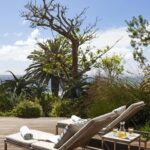
I would encourage anyone thinking of travelling to Africa to call Southern Sky Adventures. Richard Pace was recommended to us by several of our friends in New York. Specializing in tailoring trips to fit your objectives, Southern Sky Adventures can, of course, can recommend destinations… Read more “Perfect Honeymoon Trip”
Best Travel Experience Ever

I relive that trip in my mind almost daily – it was the best travel experience I’ve ever had. Thank you for all you did to make it perfect. Your local knowledge of the people and places definitely were a plus – you couldn’t have… Read more “Best Travel Experience Ever”
The Perfect Itinerary

I went to South Africa in December 2008 with three friends and truly had the trip of a lifetime. The country is absolutely beautiful and there are so many amazing things to do from safari to whale watching to fine dining in Cape Town. Southern… Read more “The Perfect Itinerary”
Worry-Free Group Experience
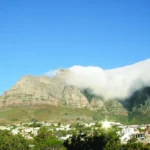
Our fall trip to Africa included 11 wonderful and diverse individuals for four venues, over a two week period. How can this many people enjoy themselves so much for this extended period of time? The answer is Richard Pace! You worked diligently to anticipate our… Read more “Worry-Free Group Experience”
A different view of South Africa
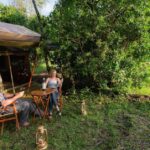
I had been looking forward to a trip to South Africa for many years, knowing how special it would be. It was all that and more because of Richard Pace and Southern Sky Adventures. His choice of accommodations, destinations and tours were perfect. Everywhere we… Read more “A different view of South Africa”
An Incredible Time
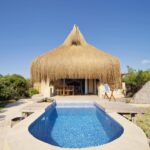
Southern Sky Adventures did a great job helping us to plan our trip to Africa. They covered all of the details—everything from flights and accommodations to safari essentials to in-country cell phone service to restaurant and activity recommendations. Richard even managed to make suggestions on… Read more “An Incredible Time”
Once-in-a-lifetime Safari

Thanks for helping us put together such an amazing girl’s trip to South Africa. We couldn’t have asked for a more well-planned adventure. Your guidance, itinerary recommendations, and hard work in arranging the details definitely helped to make this “once-in-a-lifetime opportunity” a truly incredible experience… Read more “Once-in-a-lifetime Safari”
An Unforgettable Vacation
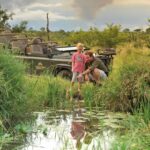
Please use our name as a reference. We had a great experience and an unforgettable vacation. Everything you planned for us was flawless. Date Travelled: 01 Jul 2017 – 07 Jul 2017 Accommodation: Yellow Aloe Guest House Destinations: Mozambique, Namibia, Rwanda, South Africa



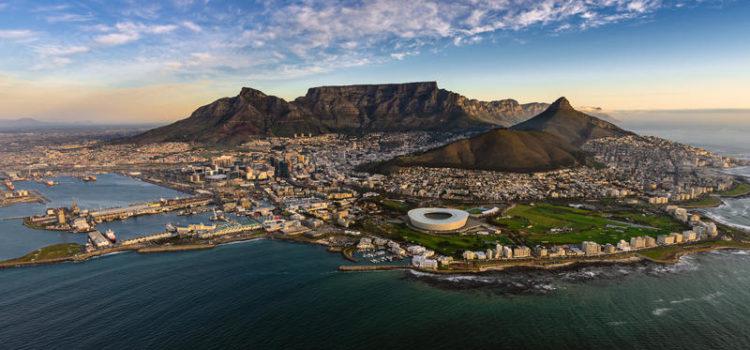 Mokoya Lodge
Mokoya Lodge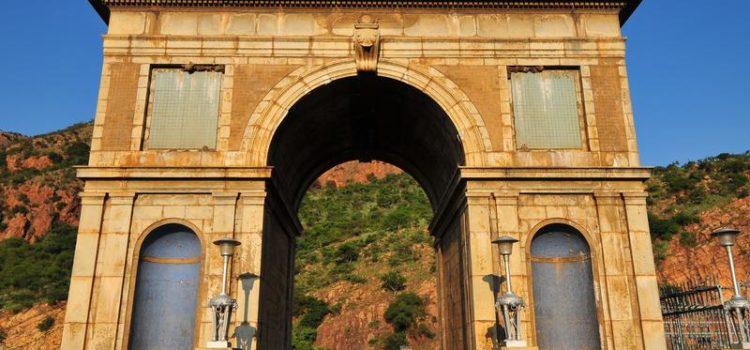 Magaliesberg Mountains
Magaliesberg Mountains